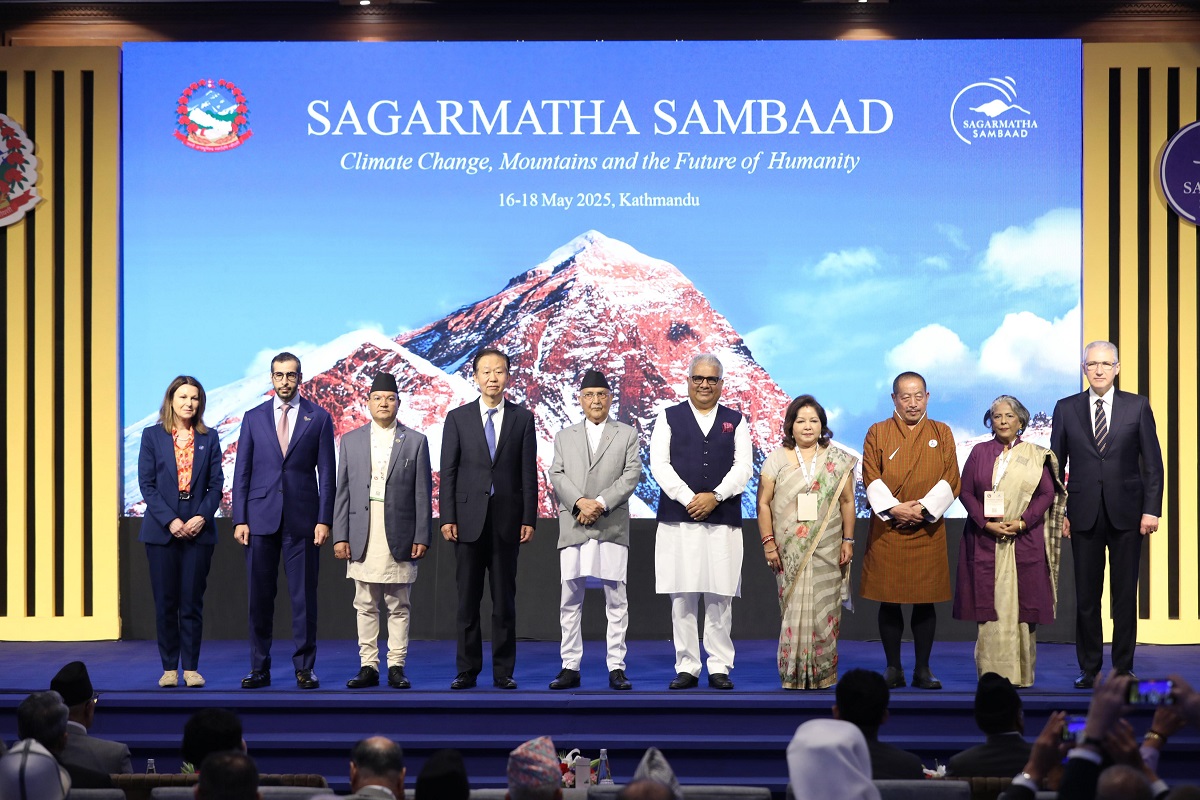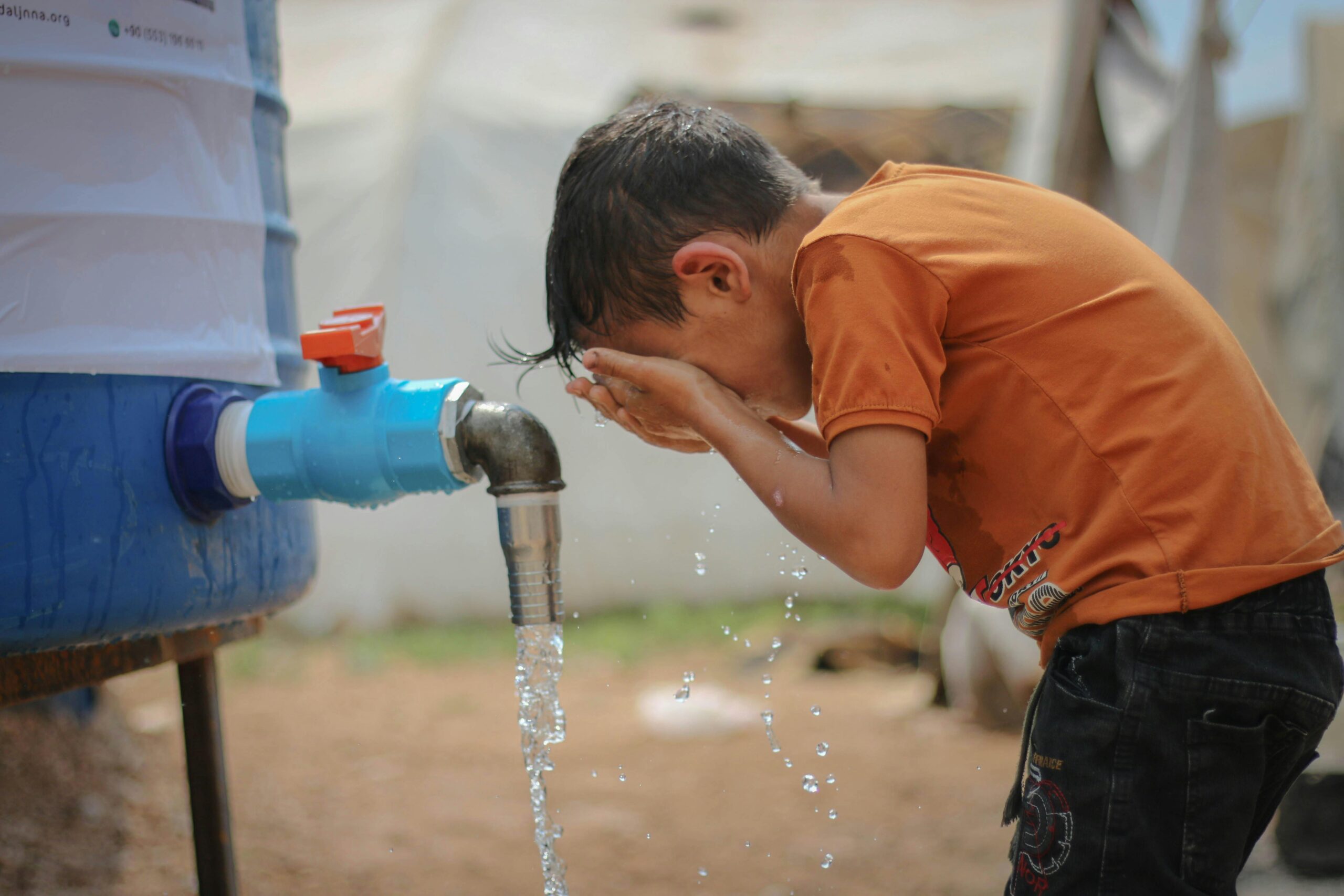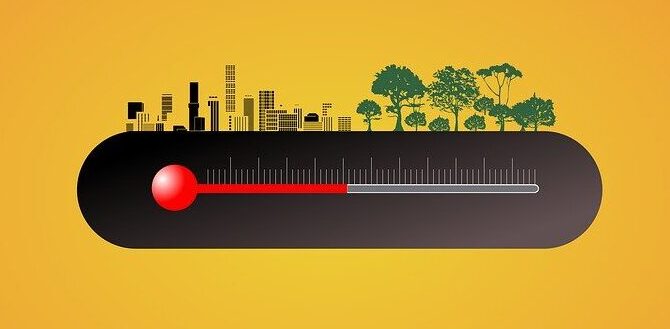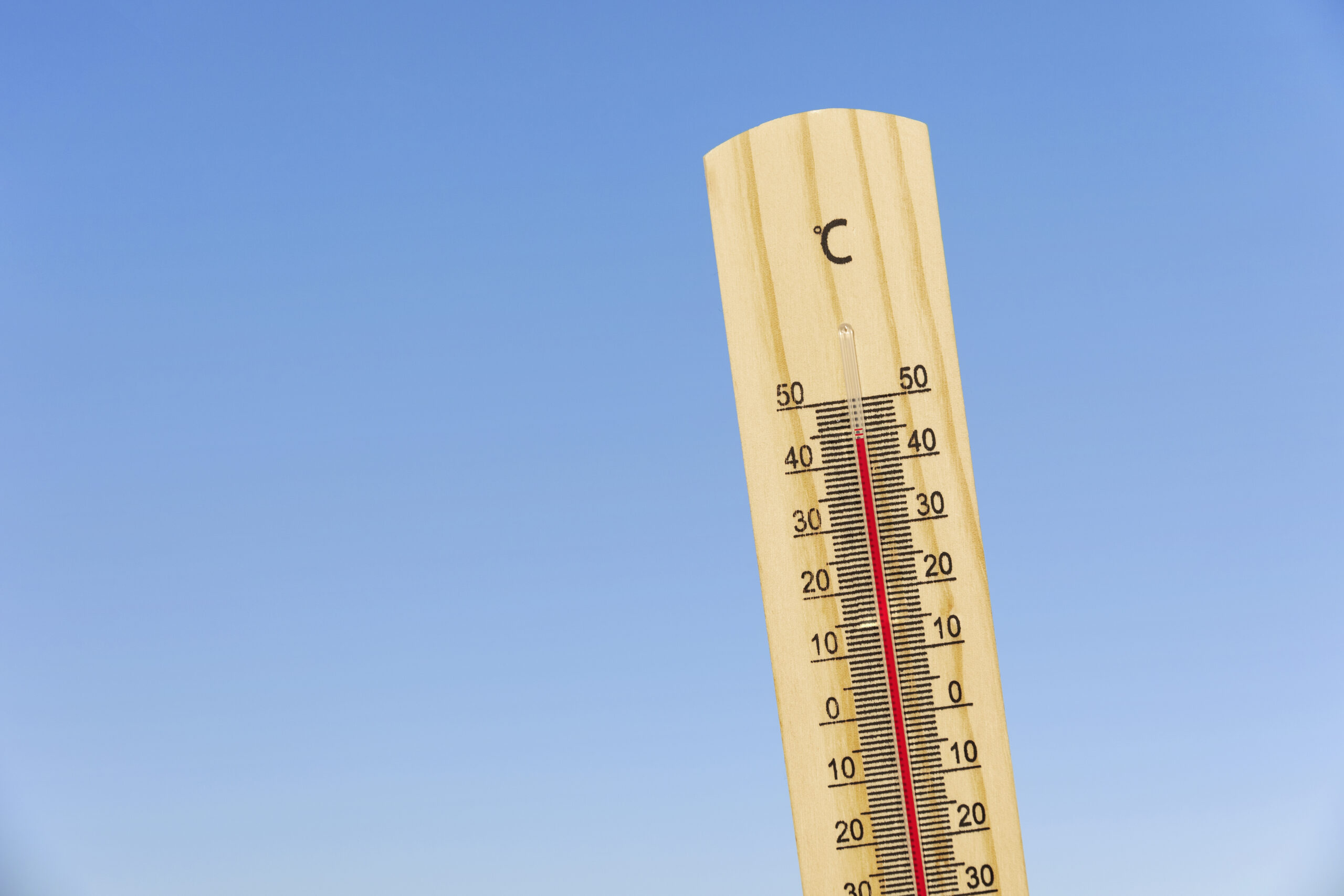As the effects of climate change intensify across the globe, the Himalayas, often called the “Third Pole,” are experiencing a crisis of unprecedented proportions. Against this backdrop, the inaugural Sagarmatha Sambaad—a high-level global dialogue hosted by the Government of Nepal—concluded with a resounding appeal for urgent, collective climate action. Held from May 16 to 18, 2025, in Kathmandu, the event brought together over 360 participants, including scientists, policymakers, civil society representatives, and media from across Asia and beyond.
Convened under the theme “Climate Change, Mountains and the Future of Humanity”, the dialogue ended with the adoption of the 25-point “Sagarmatha Call for Action”, a declaration urging the world to act swiftly to protect mountain ecosystems, ensure environmental justice, and support vulnerable nations bearing the brunt of a crisis they did little to cause.
A Region Under Threat: The Fragility of the Himalayas

Stretching across eight countries and feeding ten of the world’s major rivers, the Himalayas are home to the largest concentration of glaciers outside the polar regions. However, rising global temperatures have accelerated glacier retreat, threatening the delicate balance of these ecosystems and the lives of over 1.6 billion people who depend on Himalayan River systems for water, agriculture, and energy.
The region is facing several interconnected threats:
- Rapid glacier melt is increasing the risk of glacial lake outburst floods (GLOFs), which can devastate mountain communities.
- Erratic rainfall patterns and reduced snowfall are disturbing agricultural cycles, affecting food security.
- Landslides and flash floods are becoming more frequent due to unstable terrain, deforestation, and intense precipitation events.
- Biodiversity loss is accelerating, with alpine species struggling to adapt or migrate.
- Water scarcity in the dry season is emerging as a growing threat as snow-fed rivers lose their perennial flows.
- Outmigration from remote highland villages is rising as livelihoods become increasingly unsustainable, contributing to cultural loss.
A Dialogue Rooted in Urgency and Solidarity
Opening the Sagarmatha Sambaad, Nepal’s Prime Minister K.P. Sharma Oli struck a passionate and urgent tone saying, “Preserving the Himalayas means preserving the Earth, the oceans, and humanity itself.” From the lap of Sagarmatha—the Nepali name for Mount Everest— Oli drew attention to the increasing natural disasters affecting the region, saying, “Our homes are being washed away by landslides. Floods and droughts arrive unexpectedly, yet we remain strong. Our emissions are low, but our contributions to environmental conservation are significant.”
He emphasised the urgency of protecting melting mountains, saying “Let this Sambaad be not just a dialogue, but a determination—to act, to listen, and to walk together towards a gentler, wiser, and more compassionate world.”
Oli unveiled Nepal’s third Nationally Determined Contribution (NDC), pledging net-zero emissions by 2045, five years ahead of the global goal. The NDC, handed over to COP-29 President Mukhtar Babayev, outlines Nepal’s roadmap for resilience through clean energy, reforestation, and climate adaptation. Nepal’s NDC comes despite its low per capita emissions—just 0.57 tons of CO₂ per person, compared to the global average of 6.76 tons. Minister for Forests and Environment Ain Bahadur Shahi Thakuri pointed out that nearly 46% of Nepal’s landmass is forested, making it a critical carbon sink and biodiversity haven.
Global Commitments, Local Realities
The Sagarmatha Call for Action reaffirms the global commitment to the Paris Agreement, the UN Framework Convention on Climate Change (UNFCCC), and the 2030 Agenda for Sustainable Development. It calls for:
- Limiting global temperature rise to 1.5°C above pre-industrial levels.
- Accelerating decarbonization and emission cuts, particularly by major emitters.
- Scaling up international climate finance, with emphasis on grants and concessional loans for developing and mountainous countries.
- Establishing a dedicated fund to support mountain nations in implementing climate adaptation and sustainable development strategies.
The declaration highlights that mountain communities contribute least to climate change but suffer its worst impacts, and therefore deserve climate justice and simplified access to global financial mechanisms.
India’s Participation and Push for Regional Cooperation

India’s Minister for Environment, Forest & Climate Change, Bhupender Yadav, represented India at the opening ceremony of Sagarmatha Sambaad and reaffirmed India’s commitment to regional environmental cooperation.
“The science is clear. The Himalayas are sounding the alarm,” he warned. “Glacier retreat is endangering water security for millions. These ancient guardians of Earth are under threat.” He also emphasized the need for increased international focus on protecting Mount Everest, both as a natural wonder and as a sentinel of global climate change.
On the side lines of Sagarmatha Sambaad, India’s Environment Minister Bhupender Yadav held bilateral meetings with Nepali leaders, including Nepal’s Prime Minister Oli and Environment Minister Ain Bahadur Shahi Thakuri, to enhance Indo-Nepal collaboration on issues such as tiger conservation, forest fires, and biodiversity protection. The two nations explored joint action within the framework of the International Big Cat Alliance and committed to advancing their clean energy partnerships.
He also met with Nepal’s Foreign Minister Arzu Rana Deuba to discuss deepening environmental cooperation. The leaders considered convening a regional Himalayan Climate Conference involving Nepal, India, and Bangladesh to address the environmental impact of Himalayan glacier melt and its cascading consequences.
Sagarmatha Sambaad: Unified Voice for the Mountains
Throughout the dialogue, participants emphasized that the effects of melting glaciers are not confined to the mountains but extend downstream—disrupting river systems, increasing natural disasters, and threatening billions of lives across the plains and coasts.
UN Secretary-General Antonio Guterres echoed this concern in a video message, calling for moral clarity and unified action to combat climate change. The declaration recognizes that mountain communities, despite their negligible carbon footprints, face disproportionate climate threats, such as landslides, floods, droughts, and biodiversity loss.
Scientific voices reinforced the need for evidence-based policies. Pam Pearson, Director of the International Cryosphere Climate Initiative, highlighted the irreversible consequences of cryosphere loss. Aparna Shukla from India’s Ministry of Earth Sciences underscored the importance of data sharing and institutional coordination among Himalayan countries.
The Intergovernmental Panel on Climate Change (IPCC) has published a special report on the impacts of global warming of 1.5°C above pre-industrial levels. The report outlines global greenhouse gas emission pathways and emphasises the need for strengthening global response to climate change, promoting sustainable development, and supporting efforts to eradicate poverty.
Speakers in the session on the “Urgency of 1.5-degree ambition for glacier preservation” called for immediate emissions reductions, warning that exceeding this threshold would result in permanent cryosphere loss and sea level rise impacting millions globally. A representative from IPCC said that the body is ready to support vulnerable countries.
Calls for Climate Justice and Financial Support
Nepal’s Foreign Minister Arzu Rana Deuba, chairing a key plenary session, demanded climate justice. She said, “We are forced to face a heavy and disproportionate burden of climate impacts. This is a grave injustice and must be addressed before it becomes irreversible.”
The declaration calls for simplified and equitable access to international climate finance, particularly through grants and concessional loans, to help developing countries implement their climate adaptation and mitigation plans. It promotes the development of green, resilient, and inclusive infrastructure, and urges countries to adopt National Adaptation Plans based on local needs.
The Road Ahead
The Sagarmatha Call for Action ends with a clear message: the voice from the top of the world must echo in parliaments, boardrooms, laboratories, and communities across the globe. It promotes:
- Green, inclusive development from rural villages to megacities
- A transition to clean, circular and bio-economies
- Empowering local communities and integrating indigenous knowledge into national policies
- Creating knowledge centres, exchanging best practices, and investing in resilient infrastructure
A Message from the Roof of the World
As climate disasters grow more frequent and intense, Sagarmatha Sambaad served as both a forum for dialogue and a call to action from one of the world’s most climate-vulnerable regions. The Himalayas are no longer silent—they are sounding an alarm that the world can no longer afford to ignore.
“Can humanity survive without its mountains? Can we protect the future without protecting these ancient guardians? Mountains may seem far away. But their breath keeps half the world alive. From the Arctic to the Andes, from the Alps to the Himalayas—They are the Earth’s water towers. They are our climate’s pulse. And they are in danger. Their fragility is our shared vulnerability.” Oli rightly said.






